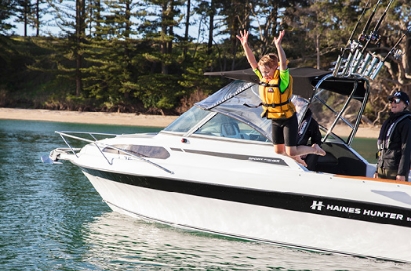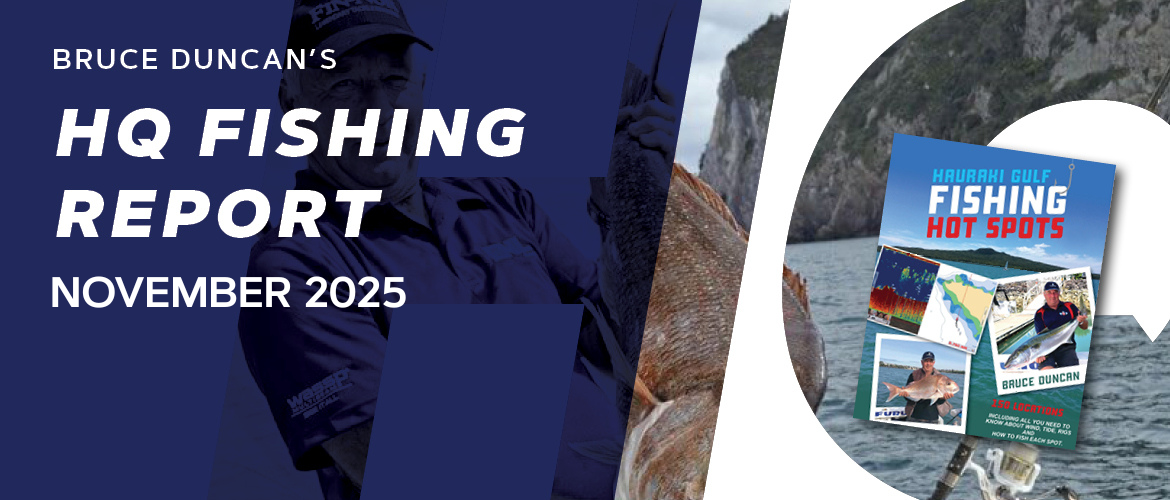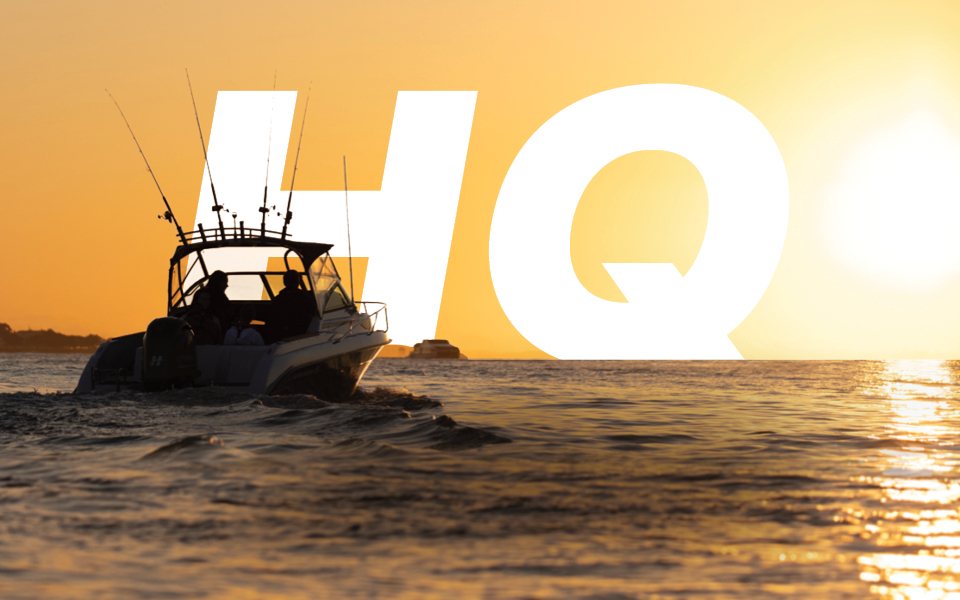Although the moon phase does play a big part in the way the fish feed, I never let that put me off heading out. Knowing it’s going to be tough is just another challenge. At times like this, going back to proven spots means you’re not going to learn anything, so I tend to look at unlikely spots close in around the rocks and foreshore that seldom or ever get fished.
I have found the best results have come from very small isolated bits of foul, with often just a small number of fish showing, which I would normally dismiss. Anchoring so that the stern of the boat is lying back towards the structure is critical, as you want the burley and ground bait to go onto and over the structure, as there will be fish close by on the sand.
During the bad moon phase, the snapper will just chew and mouth a bait without any aggression, but in time, as the bait and burley take effect, they will become more competitive. Often baits such as pilchards will get chewed off without you being aware, but strip baits of mullet or kahawai hang on the hook, forcing them to be aggressive to get it off the hook. Another thing I have found to work is while I am trying to catch fresh bait, is to butterfly a pilchard. By the manner of them mouthing the bait, they tend to take their time chewing and leave a crushed head.
Fresh bait is worth its weight in gold, but the moon phase also puts the bait fish off, and generally, I might only catch a couple. Cut into three pieces, I get the head and toss it out, but still use pilchards on the other rod. The middle section and tail only get used once the first bait is destroyed. Apart from holding on the hook, there is something about fresh bait they just cannot resist, and probably ninety per cent of the snapper I catch are on fresh bait.
With a slow bite, I find the most successful way to hook up is only to strike when you feel the bait is gone. Striking early, they spit the bait, and this applies to fresh bait. Don’t spook them — just let them take it down. Use plenty of ground bait; these small pieces float down and are like snacks, and the more they have, the more the fish congregate and compete for the snack. The rod that generally catches the most fish is the one without a sinker. Simply toss a bait over the side behind the boat and leave the bail arm open. The bigger fish will always come up off the bottom to grab the bait with the rod in the holder. It's only when you see the line coming off the spool that you flick the bail arm over — the angle of the rod in the holder will set the hook more effectively than you trying to get it out of the holder and striking.
Out around the outer gulf, there are daily work-ups, especially to the north-west of Little Barrier and about a mile to the south. Right across the gulf, there are workups, but most people are reporting they are small and don’t last for long. For some reason, the fishing around Kawau has been patchy, but that may just be due to the weather and moon phase.
The snapper have moved in around a mile or two on the northern side of Rangitoto, generally called the worm beds — good for the soft baiters who can move about, but for bait fishers, it’s just a matter of ground bait, burley, fresh bait, and patience.
As the water warms up and more snapper move in, the Noises, Ahaahas, and Rakino areas will start to fire, especially when the tide peaks just on dusk.
With all the changes taking place, it will pay to check first as to where you can fish. Hell, I am confused with the different areas of shading and coloured areas, as there doesn’t appear to be any actual coordinates mentioned.
With the moon phase and the weather getting better, get your family and your mates out on the water. As the famous Mark Twain said, “Every day spent boating is another day credited to one’s life.” If the fishing is hard, try something different, as I have suggested — you will never know if you don’t give it a go.
What we must all bear in mind now is that for the next three months, snapper are in spawn mode, and every fish you take is one that will not breed. Please take enough for a feed and let the rest breed for future generations to enjoy catching fish as we have.







